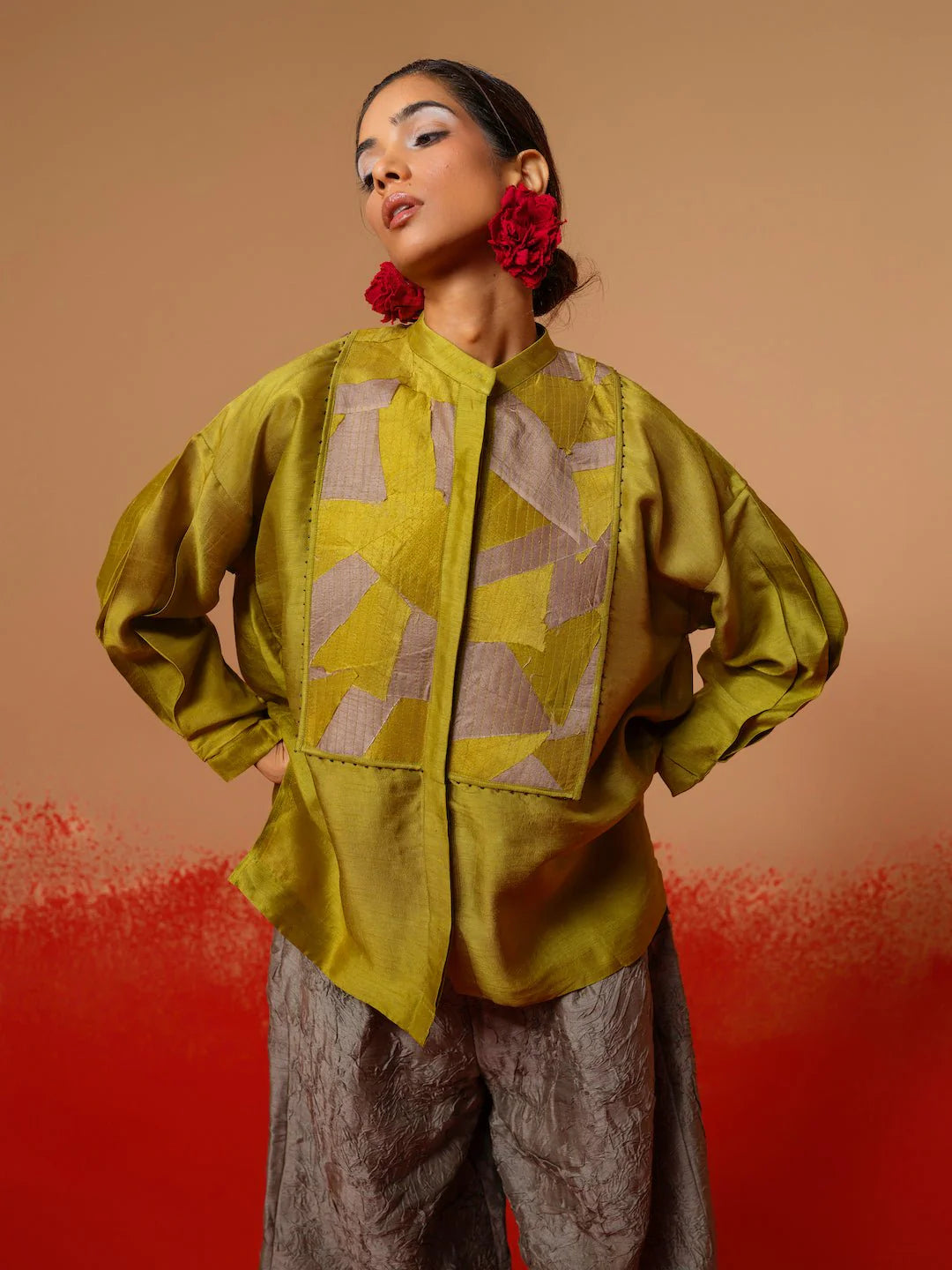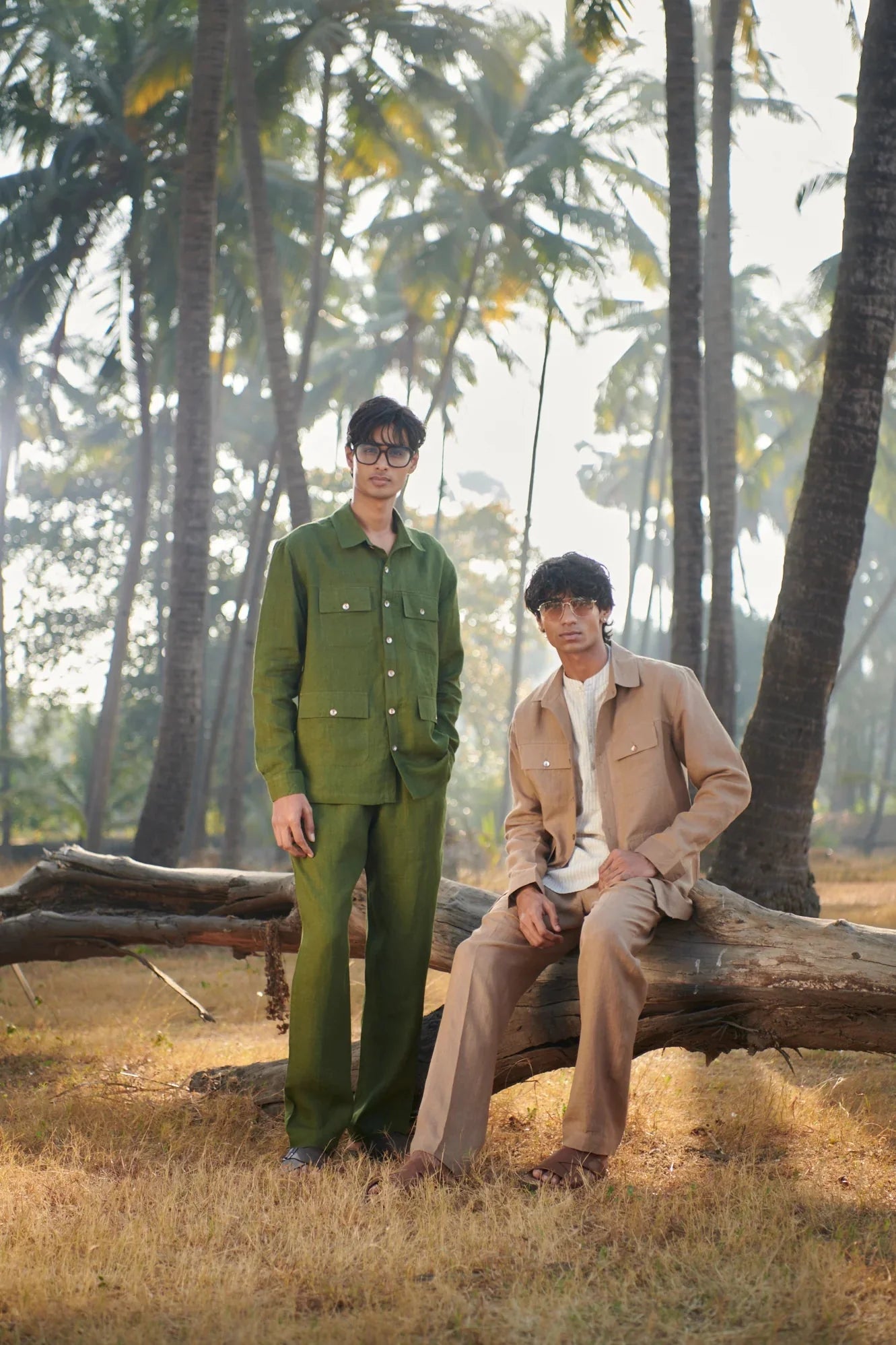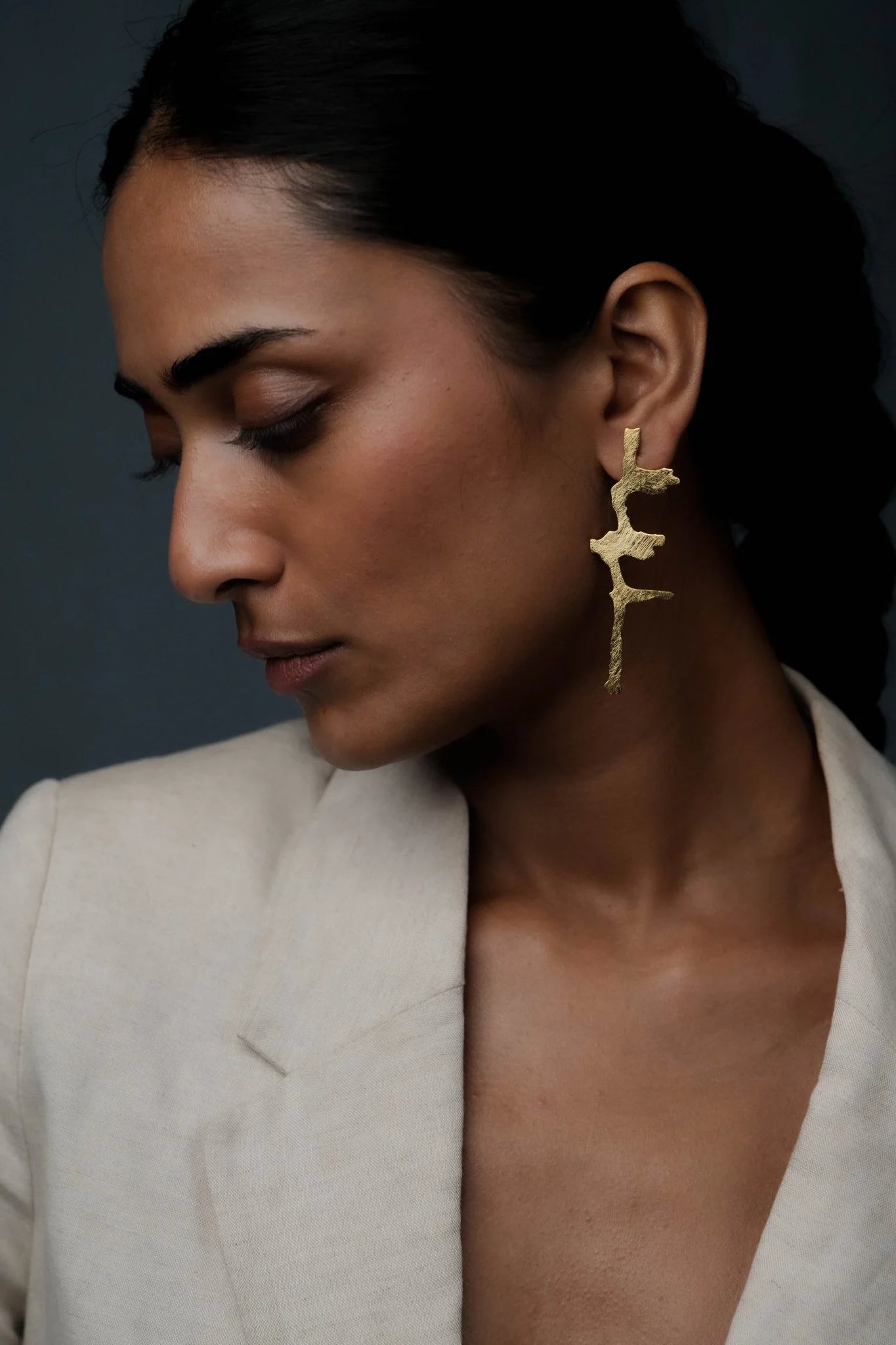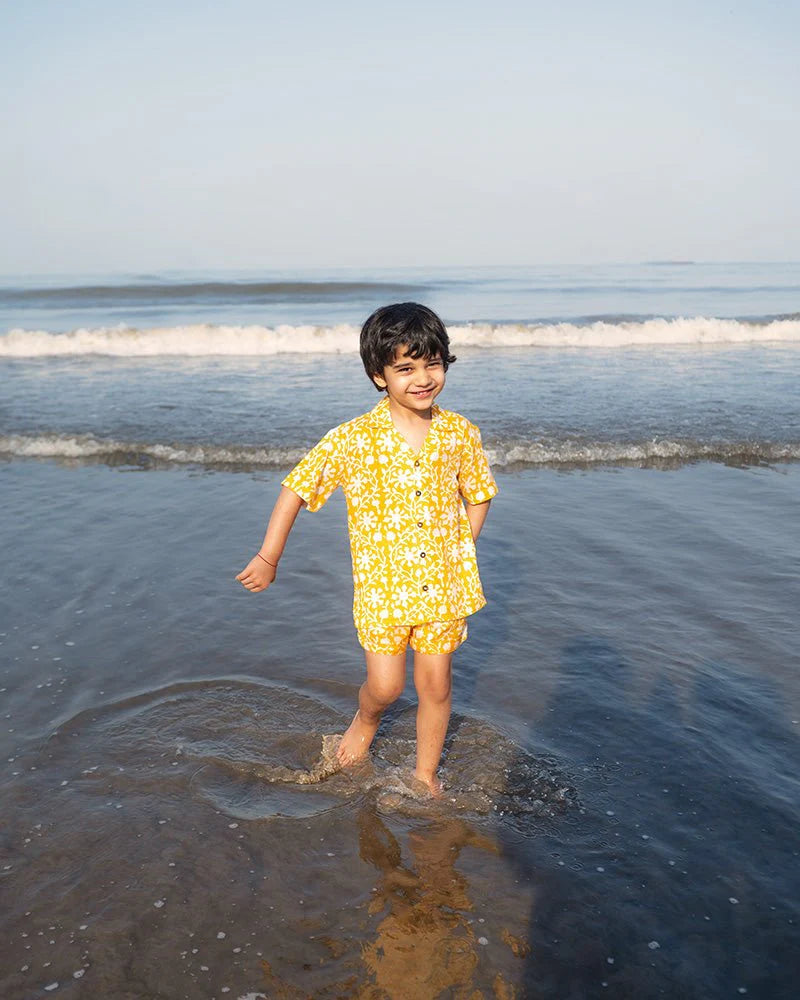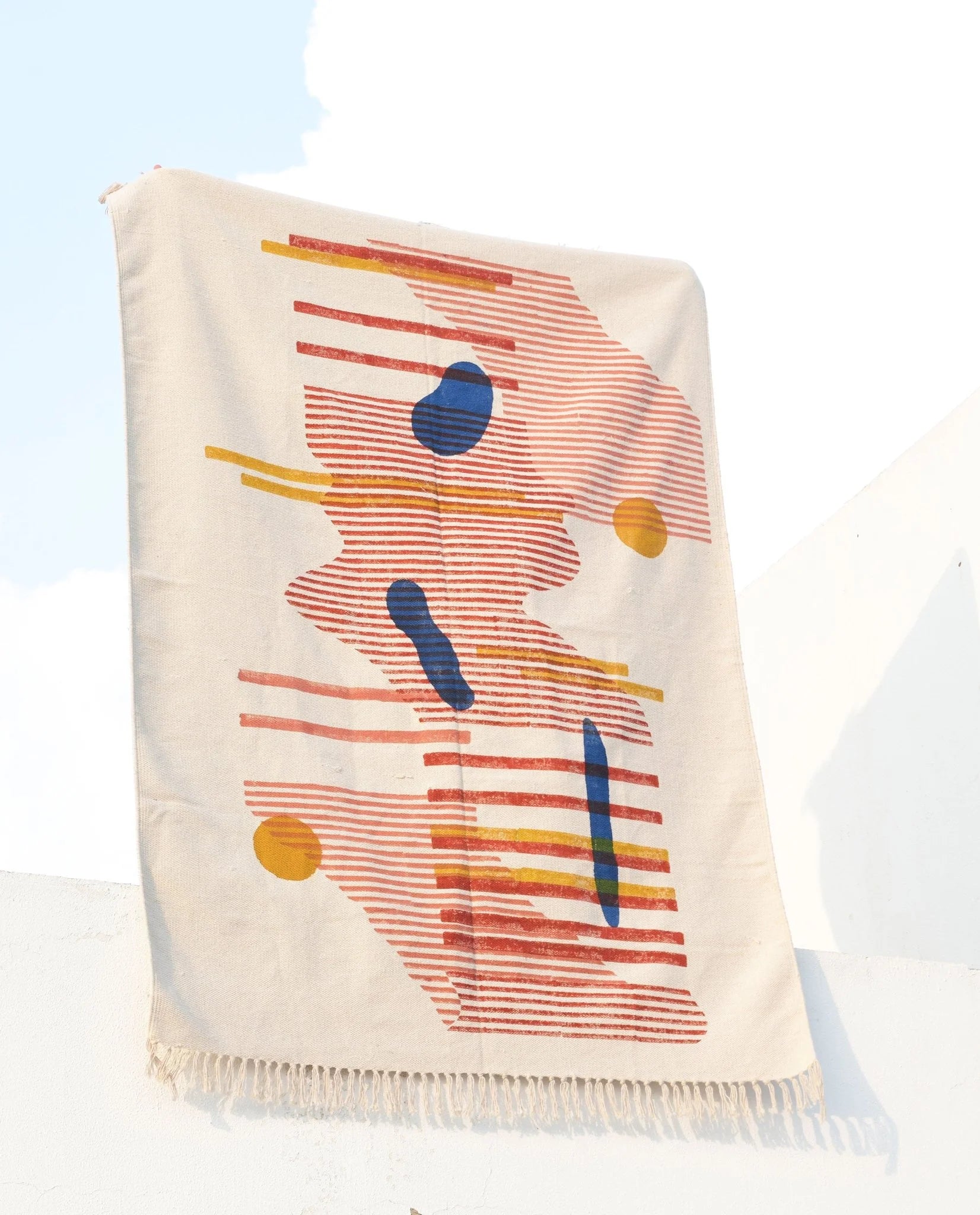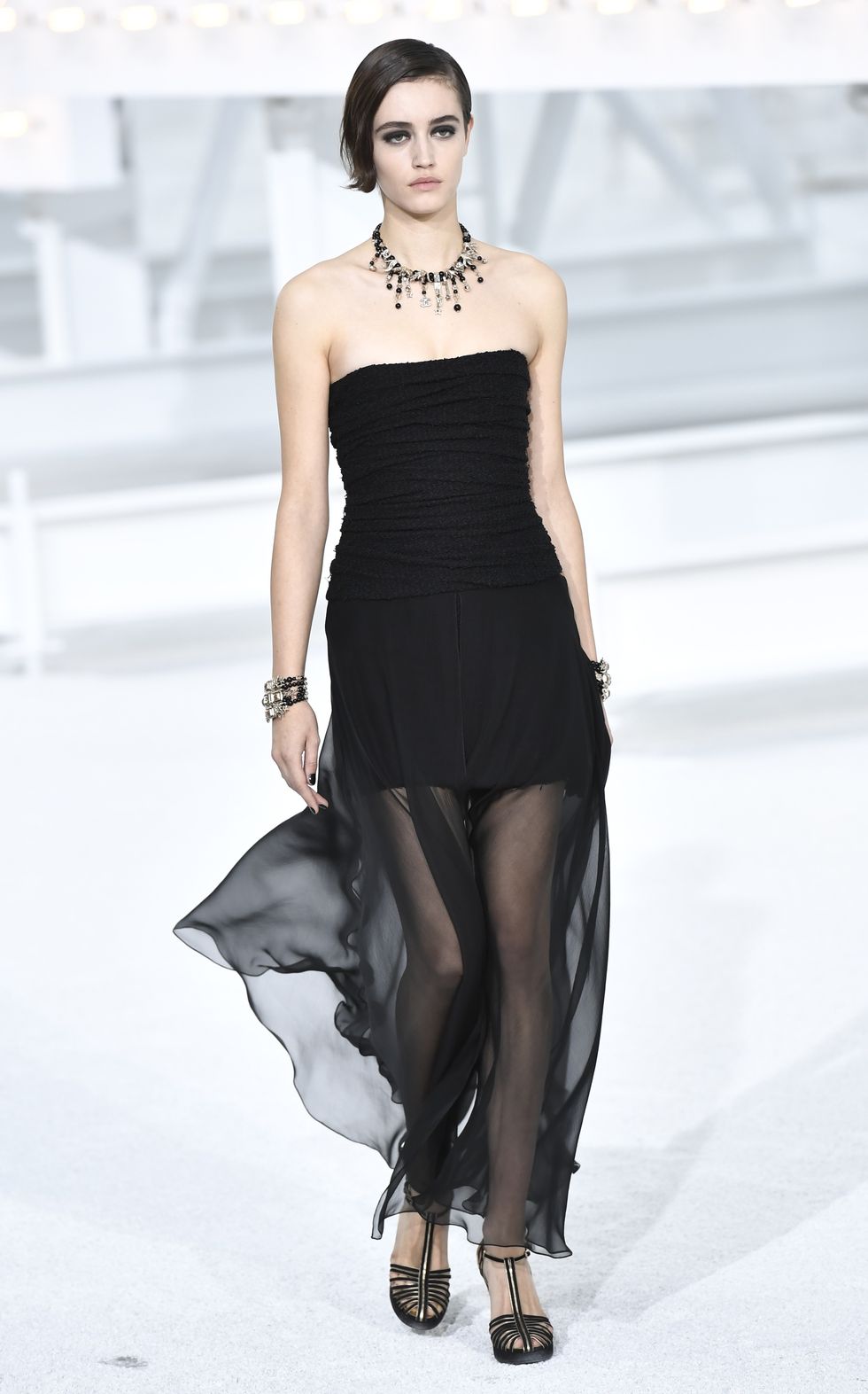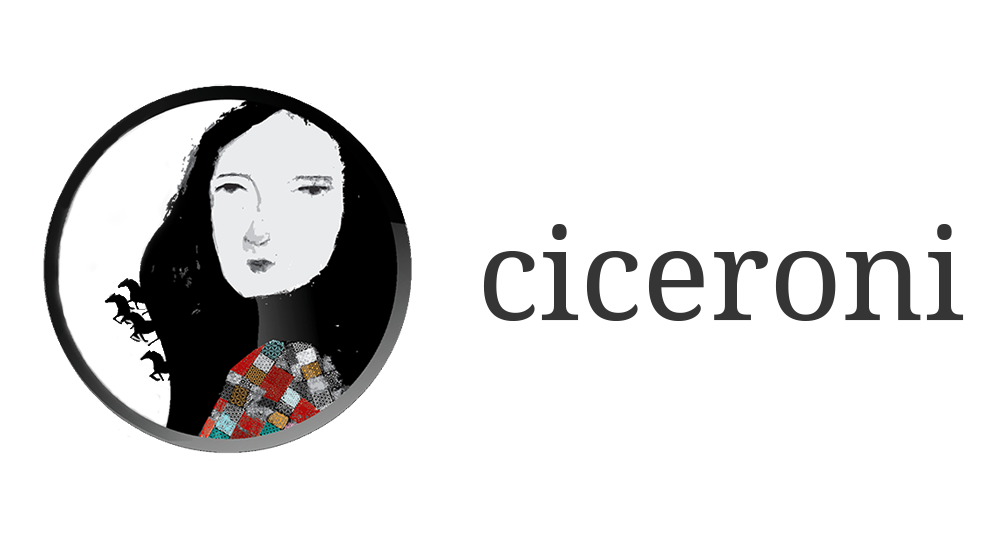“Dresses were meant to make women beautiful”
-Hubert De Givenchy
Breezy, uptown and flowy, the maxi dresses have always turned out to be the season’s most essential silhouette. From grabbing a quick brunch with your gal pals to spending all day running errands and attending a cocktail party, the breathable maxi dresses have remained a woman’s constant companion. “History repeats itself”, not just in politics but in fashion too. Fashion has been an important social and cultural marker. Clothes can alter perceptions and opinions, to disguise and reinterpret.
How well do you remember Emily Blunt’s white gown from her film The Young Victoria? Her look speaks volumes of the middle ages when women adorned long dresses with sleeveless tunics and headbands as a part of their everyday clothing. The period of maxi dresses in contemporary form continued towards the World War II when the designers were forced to eliminate extra pockets, double bibs and make them narrower.
As the global world of fashion evolved, 60’s luxury couturier and Fashion designer Oscar De La Renta designed maxi dresses that graced the ankles of fashionistas from across the fashion fraternity. Following his foot-steps were Yves Saint Laurent and Dior who carved out a new found love for the maxi dresses during the 70’s.
The maxi dress trend has varied interpretations; from being ‘70s’ stylish and colourful essential to delicate and refined boho-chic style, they have been created using soft hues and precious translucent fabrics.
But closer home in India, when did the maxi trend actually take off ?
Sure, Zeenat Aman and Parveen Babi were the glamorous divas rocking the slinky long dresses since seventies. But when did it seep in to the mass level ?
Not until very recently when Indian designers and local tailors started giving shape to Indian fabrics in the form of long gowns. It became the garment of liberation for the conservative Indian women, the ones who wanted to look modern but were afraid to try on the short dresses and shorts. It came across as a respite and an alternative to sarees and sulwar kameez. When it comes to inclusive sizing, fashion industry has struggled to keep it up. Most women, even if they were comfortable wearing contemporary silhouettes, couldn’t do it simply because brands wouldn’t offer sizing.
The growing conversations on fluidity in fashion has let designers and manufacturers create exclusive clothing for women and maxi dress top that list. They are size agnostic and offers comfort and length to the ones who are still conscious of hemlines.
A former bank employee, Aditi Pandey, 47, from Pune talks about the ease of wearing a maxi as she shares “Ever since I left my job, there has been a transition in my wardrobe. I am now able to go to tea parties and attend get-togethers with my friends and family. Earlier I would wear my workwear to these events as I hardly could take time off to change into an occasion wear. But ever since, my daughter bought me a beautiful maxi dress by Mohammed Mazhar from an exhibition, I fell in love with the maxi dresses. They come in a variety of prints and silhouettes that go with my body type and are easy to walk around in all day with just a quick styling.”
Much like Aditi, there are many women in this age bracket in India who are opting for maxi dresses handcrafted in fabrics like ikkat, ajrakh and block prints. It gives them the opportunity to flaunt their love for handlooms not just by wearing sarees, but take it a notch higher by donning a contemporary style of dress.
Meghavi Bakliwal, Owner -Mahee Jaipur, Ahmedabad highlighted the increasing demand for maxi dresses among older women saying “Maxi dresses have always been an essential for women because of their flowy silhouettes. Though we have ensembles for age group starting from 20 years, we have lot of women in late 50’s and 60’s coming to our store looking for flared maxi dresses especially during holiday and festive season. We specialize majorly in handmade Jaipur block printed outfits in breathable cottons that are comfortable and trendy.”
Rashmi Sharma, 52, a dancer and a housewife from Udaipur, revealed her style story saying “I used to wear long dresses even during my college days. Back then my mother got it stitched by our local tailor. She would look at magazines, journals and even advertisements for reference. Until few years back it was difficult to find cotton maxi dresses for my size but now, I am able to shop at ease from a lot of e-commerce sites as they offer dresses in breathable fabrics and subtle shades. I mostly style it with jackets and sneakers as they are comfortable and can be worn anywhere from a beach to a party.”
If there was one garment that will go down the annals of cultural history through fashion in India, it will be the rise of gowns aka maxi dresses in the second half of twenties ( 2010-2020). Be it the desi version of stylish gowns or glamourous avatars, maxi dresses have claimed the permanent space in Indian closets. Falguni Vasavada Oza, Advertising Professor, Social Media Influencer, TEDx Speaker and Body Positive crusader on the popular maxi dress trend shares “Fashion has always been transitional and ever-changing but every trend has a way of coming back. Just the way the retro bell bottom pants came back as palazzos, the maxi dresses were earlier popular as nighties and long gowns, but today women wear maxi dresses because they are comfortable, long, easy to wear and are trendy enough to be styled in a million ways.” Sharing her ideas on styling a maxi dress, she further said “Maxi dresses can be styled in indefinite ways. If you are heading out on a holiday, you would want to style your maxi with a statement choker and add a bag. If festive dressing is what you are aiming for, you can style it with a beautiful ikat jacket. You could also style it with a dupatta or a stole, while you plan your brunch outfit.”
From sipping a cup of coffee on the porch to acing street style goals, vintage Ellery and Duran Lantink to sheer Chanel, florals by Guapa to metallics by Siddartha Tytler, the famed maxi dresses are here to stay. They aren’t confined to age, size or the body shape. Some are fashioned with relaxed waists, longer hemlines and over-sized pockets and others are layered and cinched at the waist. The most contemporary reinterpretation of the maxi dress in the 2020, is the one that focuses on the minimalism of the solid colours, coupled with the use of abundant volumes.
The success of historical dramas like Pride and Prejudice, Penny Dreadful, My Fair Lady, The Crown and Little Women on Netflix and OTT platforms have added to the romantic glamour of this garment and added the vintage vibes.
Whether you choose to go Vocal for Local and pick desi fabrics for your maxi or you flaunt contemporary global and vintage styles, you will definitely be adding a permanent item to your closet. Maxi-mise its use.

